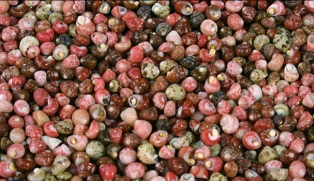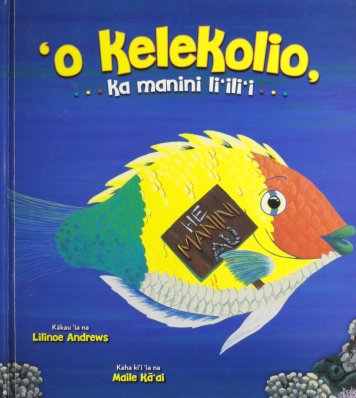1. n. A general name for all kinds of plants living under water, both fresh and salt, also algae growing in any damp place in the air, as on the ground, on rocks, and on other plants; also mosses, liverworts, lichens. See saying, hailepo. Ua ulu ka limu, the seaweed (pubic hairs) are growing. (PPN limu.)
2. vs. Tricky, deceiving, unstable (said to be named for the octopus’ ability to change its color, and its waving of a tentacle to and fro like the motion of a seaweed in water).
The first meaning of limu, above, covers a vast array of what we would term seaweed as well as algae. In my circle of friends we have even extended it to mean any armpit hair or even wild, untamed hair. I even hear the younger generation using the term limu for something that is stale or old (as in, that song is limu already). In Hawaiian the word limu, to most Hawaiians, refers to seaweed in the ocean, with the prefix lī- being used with the proper names of some types of limu, like līpeʻepeʻe (for limu peʻepeʻe) or līpaʻakai for limu that has been salted for indefinite storage.
Much of the limu growing in or on our islands do not have Hawaiian names, or their Hawaiian names are not known, probably implying that they were not used or that their names have been lost with the passage of time.
Hawaiians still gather limu in traditional ways and prepare the limu in much the same way as in days gone by. What is poke ʻahi without limu? Who doesn’t crave limu kohu with its distinct flavor? Who loves limu ʻeleʻele from Molokaʻi? Those cravings are the body’s need for the minerals that other foods here could not provide. In a traditional Hawaiian diet, limu was the third component of a balanced diet, consisting primarily of poi and fish.
Limu is also used for religious, medicinal and spiritual purposes. The limu kala is used in hoʻoponopono because the word kala means forgiveness or to forgive. It is also used in purification rituals, along with ʻōlena, or turmeric. And did you know the kala fish feeds on the limu kala? Its name is a coincidence. Līpeʻepeʻe was forbidden to those training in hula because a the word peʻepeʻe means “to hide” and it is believed that the knowledge in hula would be hidden to those who eat it.
I am sure many of you have your favorite limu and I hope you can still find it in your secret spots you learned when you went picking with your kupuna. Many of those spots are long gone or limu isn’t growing there due to overpicking or more likely, pollution. So sad. I remember small kid days swimming in ʻEwa Beach, limu manauea (also known as ogo) all over the place, people could pick bread bags full. You didn’t even need to step foot in the ocean, it was all washed up on the sand. And then sitting and cleaning all the limu in the pākini once you got home. Those were the days.

Limu wāwaeʻiole – rats’ foot seaweed
Copyright: 2018 – Liana Iaea Honda. All rights reserved. All versions of “He Momi e Lei ai”, in its entirety, past and present, is the property of L. K. I. Honda. Reproduction and use of any kind other than the sharing of this website is prohibited without written consent. Alteration to the original content in any form is prohibited in every and any instance, and use in any other variant is prohibited without written consent of the author. Address inquiries to: hemomi [at] gmail.com. Definitions and wise sayings are from: Hawaiian Dictionary by Pukui and Elbert, 1986. ʻŌlelo Noʻeau – Hawaiian Proverbs & Poetical Sayings by Mary Kawena Pukui, 1983.

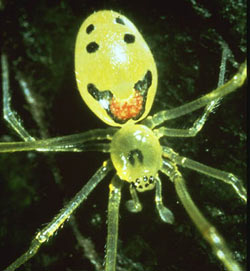
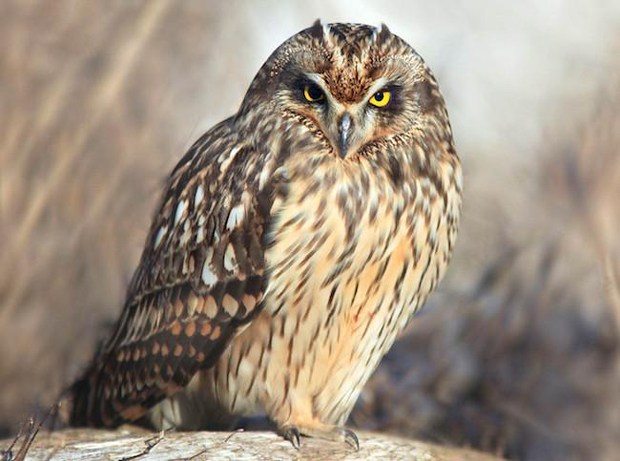
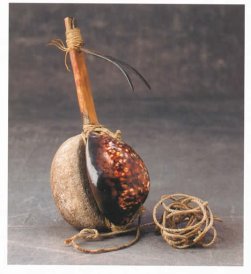 Of course, this Super Bowl Sunday, you are probably more concerned with #3 above. Pūpū are also appetizers. One big mistake everyone makes is putting an s on the end of the word: pupus. Big no no. You don’t need to AND you shouldn’t. Do not pluralize any Hawaiian word with an s. Trust me. When using the word pūpū people will know whether it is plural or singular just by the context.
Of course, this Super Bowl Sunday, you are probably more concerned with #3 above. Pūpū are also appetizers. One big mistake everyone makes is putting an s on the end of the word: pupus. Big no no. You don’t need to AND you shouldn’t. Do not pluralize any Hawaiian word with an s. Trust me. When using the word pūpū people will know whether it is plural or singular just by the context.
